All Things Distress
Part 8
Distress Inks, and why they are so special
.
- - - - - - - - - - - - - - - - - - - - - - - - - - - - - - - -
Last week, I showed you how you could use distress markers
to colour your stamps in great detail before stamping them. This week, I am showing you the
opposite – how to get distressed images with your distress markers!
.
What do you need?
.
·
Distress markers
·
Card or paper, plus watercolour paper if you
have it
·
A stamp – rubber or cling tend to work best with
distress products.
·
A mini mister, with water
·
Heat gun (optional)
.
{Items can be purchased at Scrap-n-Crop.com HERE}
.
- - - - - - - - - - - - - - - - - - - - - - - - - - - - - - - -
.
Instructions:
/
Faux watercolour is a very popular look, and is achievable
with both distress markers and the distress inkpads.
The advantage of the markers, however, is that you have more
control over where your colours go.
The technique is pretty much the same for both, and regular blog readers
will remember I shared this with you a few weeks ago, but for distress inkpads
only.
Simply ink up/colour your
stamp. Remember the markers give
you far greater control, so you can add more colours very easily, and add
colour to tiny areas.
.
.
In my
example, I was able to add just a bit of blue and purple to the flower buds
that are half way up the stem – I wouldn’t even bother to try this with an
inkpad (it is achievable, but a somewhat inexact science).
When you have finished colouring your stamp, mist
it lightly with water, and stamp immediately. Watercolour paper gives the best effect for this as it is
more absorbent, but you can use normal card if you don’t have watercolour
paper.
Similarly, you may like to
use a heat gun to dry the image before it spreads too much. I haven’t done here, I didn’t think it
needed it. You can sometimes get a
second stamp from this technique, but I wasn’t happy with the ones I was
getting. Play around a bit,
varying the amount of water you use – you are sure to find an effect you love.
You can achieve a different look with water, by
spraying the paper first instead of your stamp.
Just colour your stamp, then lightly mist your paper with
water. (I used normal cardstock
for this technique). Then
stamp. You will see the ink
gradually “wick”, or spread out, over the paper. For this technique it can be handy to have a heat gun ready
to go, just in case the ink starts spreading more than you want it to – drying
it with a heat gun will stop it spreading pretty quickly.
.
.
In this photo, you can see that on the
left hand side, the paper was not wet, and so I got a detailed image. On the right hand side, the paper was
wet, and so the lines towards the outside of the butterfly wing are much
softer. If I had used a bit more
water, the inks would have blended even more.
You can of course use the usual method of simply
spraying or flicking a bit of water over your stamped image – you get the same
results with this technique, whether you use the inkpads or the markers.
- - - - - - - - - - - -
Handy tip
- - - - - - - - - - - -
PS – remember there's no right or wrong way … you'll just need to experiment with different amounts of water and be amazed by the outcomes you will get. Have fun!
.



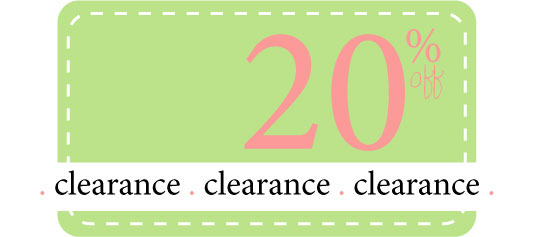
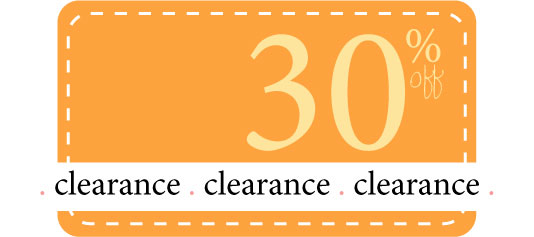
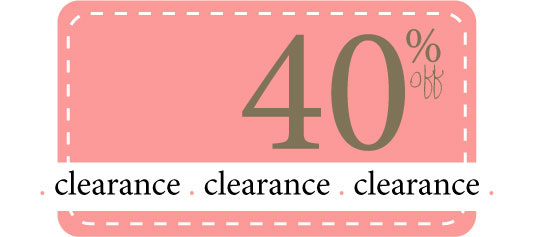
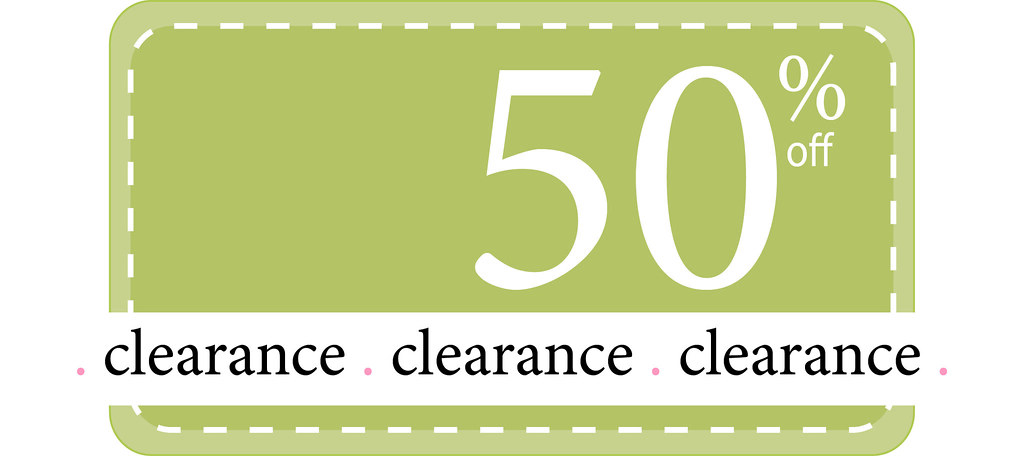
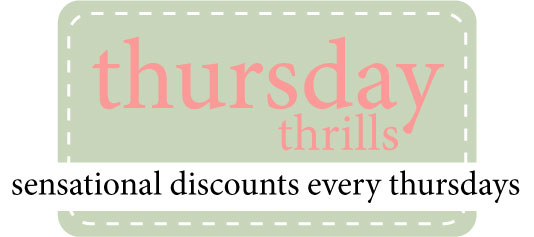
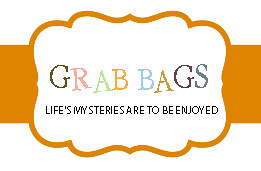


























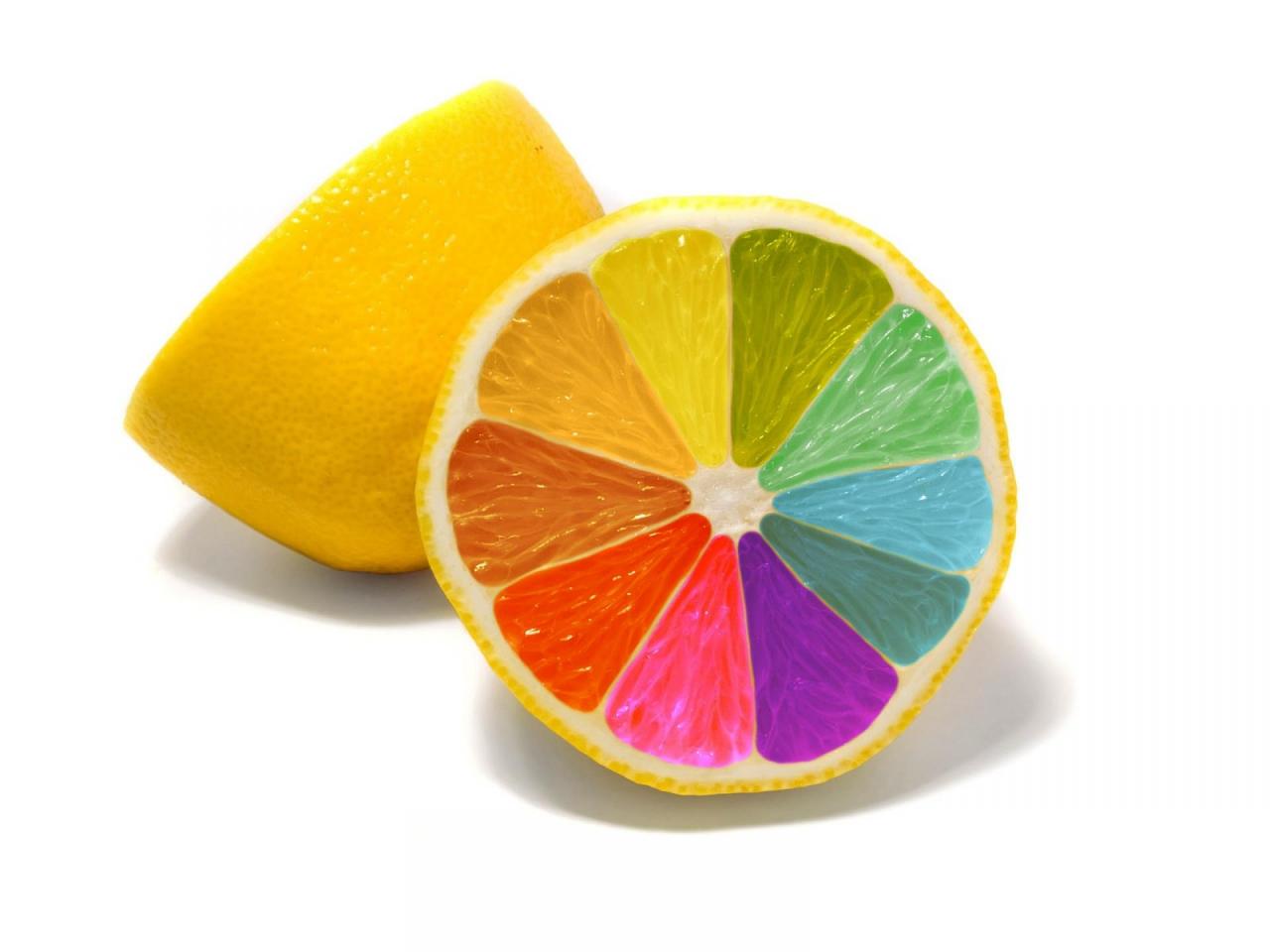

No comments:
Post a Comment